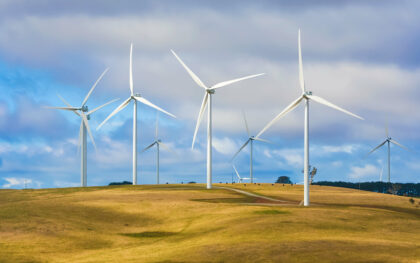Marine and ocean engineering

Overall Course Objectives
To describe all significant hydrodynamic forces on fixed, bottom-supported and floating marine structures / vessels such that the student will be able to perform overall load and motion estimations as well as detailed numerical calculations of actual structures / vessels.
Learning Objectives
- describe flow processes around slender marine structures with cylindrical structural elements (or structure), such as marine pipelines, offshore wind turbine foundations, and fixed offshore platforms.
- describe processes related to current and wave forces / loads on these structures.
- explain and analyse the in-line drag and inertia forces (the Morison equation).
- explain and analyse the cross-flow (lift) force.
- apply the Morison equation (in-line force) and cross-flow (lift) force to evaluate the stability of simple marine structures (e.g. marine pipelines).
- describe flow processes around large bodies (a large vertical circular cylinder) and analyse the forces on these structures.
- describe and evaluate vortex- and flow-induced vibrations and motions
- explain and analyse irregular wave time series in time and frequency domain, short-term and long-term statistics
- characterize and describe ocean wave systems in terms of sea states and wave energy density spectra
- describe and apply motion transfer functions to investigate the seakeeping ability of floating structures / vessels (e.g. ships)
- apply the Morison equation for a simple analysis of bottom-supported and floating structures
- describe the fundamentals related to strength calculations of long floating structures / vessels (e.g. ships)
Course Content
Short- and long-term marine wave climate in the time and frequency domain offshore and on deep water (irregular and three-dimensional waves, ocean wave spectra); Current and wave forces on cylindrical structures applicable to marine pipelines/cables, offshore wind turbine foundations and fixed and bottom-supported offshore platforms (drag and inertia forces, and the Morison equation, cross-flow lift forces). Flow- and vortex-induced vibrations. Motion transfer function (response amplitude operator, RAO) and response spectra applicable to ships and floating structures (wave-induced motions) including simple strength calculations.
Recommended prerequisites
41111/41102/41312/41202/41201, Assignments are typically done with Excel and/or Matlab (Python or R) supplemented by Maple.
Teaching Method
Lectures, assignments



